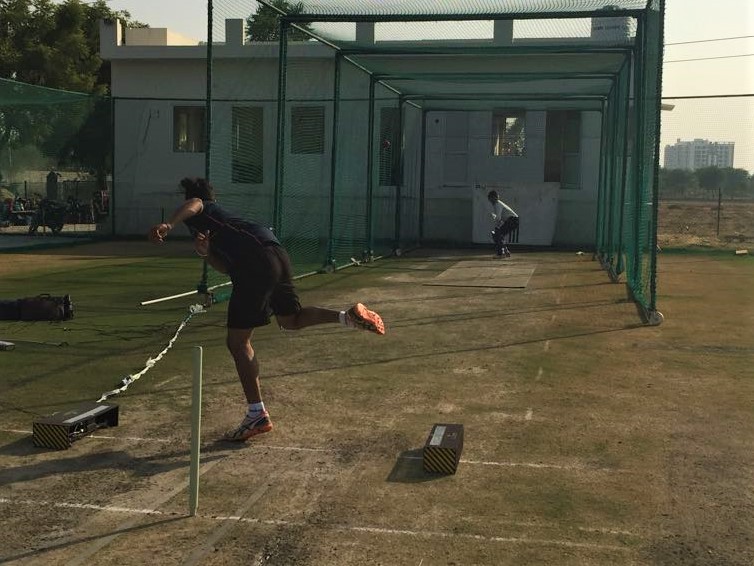Spin it Hard: Another Look at Shane Warne's Simple Bowling Message
 "Spin it hard!"
"Spin it hard!"
That's what I hear Shane Warne say every time he talks about developing spinners entering into the game. With speed and power becoming increasingly valuable attributes, it's no surprise that generating sharp aggressive spin is equally in demand.
So where to you turn to develop this spin?
As a fast bowler their are plenty of gurus who develop speed through a combination of technical adjustment, physical development and a range of drills and activities designed to create pace. You only have to google "Steffan Jones" or "Ian Pont", to see that the passion out there is immense. Not only to understand speed, but to spread the word so that everyone can join in.
The same goes for power hitting. Julian Wood continually develops tools, strategies and programmes to get more balls clearing the ropes more often.
The same can't be said for spin. While we have spin bowling specialists, very few spread the word, or share their secrets with the world. At least since the passing of the ever zealous Terry Jenner.
While I'm not professing to be the worlds leading authority on bowling spin, I have managed a spin bowling programme for seven years. It seems to me there are some simple messages that need sharing. Messages to help spinners all around the world.
If no one else is going to speak up, I will!
For today, I'll just revisited that initial phrase from Warne.
"spin it hard!"
So what does Shane actually mean?
Here you can fall into two camps of interpretation:
- Put as many revs on the ball as you can
- Get the ball to turn as much as you can
It's a common misinterpretation that revs equals spin off the pitch. It's just not true and Shane Warne himself showed us that each time he picked up a sneaky LBW with his legendary slider that would slide straight on and graze the front pad on its way through to the bat.
A more accurate approach is:
revs x direction = spin off the surface of the pitch. Suddenly you can see importance placed on the number of revs being created and the direction in which you’re spinning the ball.
On a fresh new surface, "hard spin" - effectively when the ball is spinning at 90 degrees - often won't grip the surface. Due to the speed of the ball travelling forwards being contrary of the speed and direction of revolutions sideways.
Instead, throw a little top spin on there. Suddenly you'll see grip. The direction of the revolutions begin to work with the direction the ball is travelling.
Sometimes the top spin isn't needed quite so much.
But why?
It comes down to
- the surface
- the ball
- the friction that's being created between the two.
A hard new surface against a hard, smooth shiny cricket ball allows for minimal contact or surface area connection. A slightly older ball with a bit of "give" in it, combined with a used pitch with lots of tiny indentations in it and dust and dirt sitting on top, creates much more surface area connection, and more spin.
It's the same with a slightly softer stickier pitch. Think Bradford League cricket in April! The ball can slightly penetrate the surface of the pitch when it lands. It has that increased surface area connection and the ball can turn square. Land the ball on the grippy seam and your creating more friction still.
So next time someone says to you, "spin it hard", let them know that there's more to it than generating revs.
You've also got to consider the direction of spin, the speed at which you're bowling and landing the ball on the seam. All in conjunction with the surface on which your bowling which you need to interpret throughout the game as it changes.
Do you know a spinner who wants to improve? Don't leave them in the dark, let's not have spin bowling secrets... share this page and spread the word!
This is a guest article from Sam Lavery, Head of Cricket Performance at Portsmouth Grammar School in the UK.
- Login to post comments

